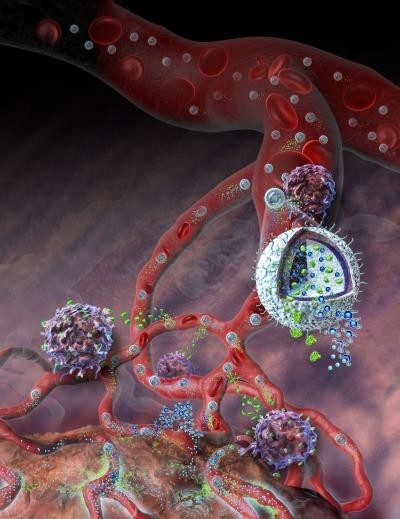UCF team accidentally discovers "game changing" nanoparticle mass production method

Fabrication pathways – nano sized particles capable of binding different molecules – are often used as drug delivery vehicles to pass through the tricky GI (gastrointestinal tract), or as chemical and biological catalysts in medicine production.
However previously, mass production has proved a challenge. Bottom-up approaches– such as nucleation, chemical reactions or self-assembly – are technically difficult because the molecules often group, whilst top-down approached like lithography are suited to only specific size ranges, when different sizes are used for different purposes.
Now, using the principle of in-fibre fluid instability CREOL (The College of Optics & Photonics) grad student Soroush Shabahang and his team believe they have found a simple way to produce structured spherical particles in a selection of sizes on a big scale.
“The most immediate prospect is the creation of particles capable of drug delivery that could, for example, combine different agents for fighting a tumor,” the team said in a statement. “Or it could combine a time-release component with medications that will only activate once they reach their target – infected cells.”
How it works
Shabahang stumbled on his discovery accidentally whilst attempting to make fibers containing multiple materials by heating it and stretching it – “like taffy” say the team.
And though the research - published in Nature journal - failed to produce the the desired effect, they found that the instability in the fibre fluids – known as Rayleigh instability – caused a stream of the liquid to break up into droplets.
The team then cooled the fibres which produced particles that look like droplets, or spheres.
Shabahang also found that once the spheres are formed, more materials can be added resulting in particles with sophisticated internal structures.
“Three-dimensional structural control over particles impregnated with drugs could help realize sophisticated controlled release drug delivery systems,” the team said.














